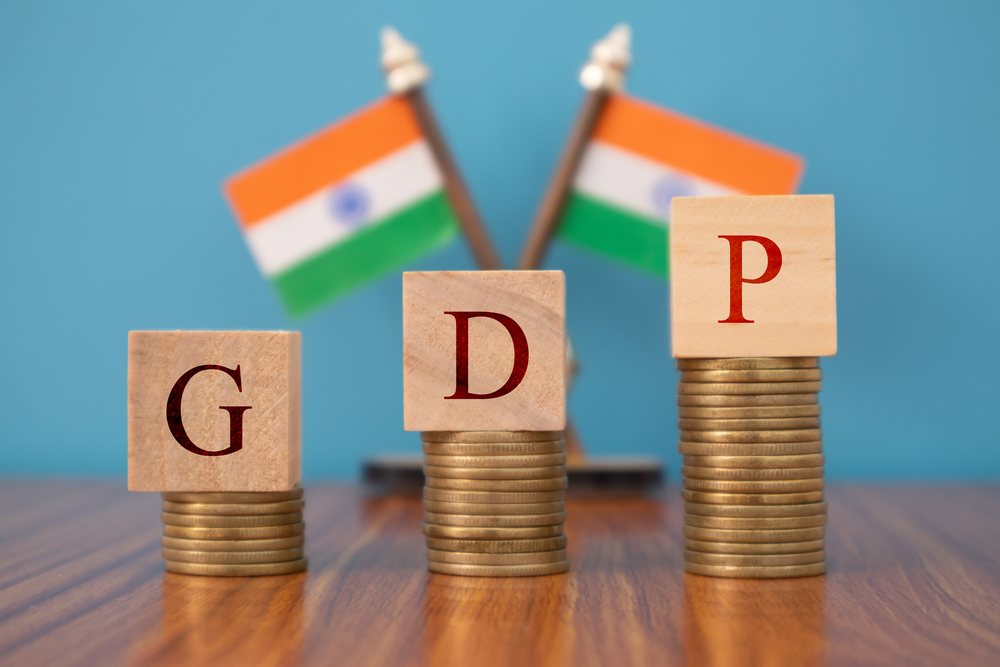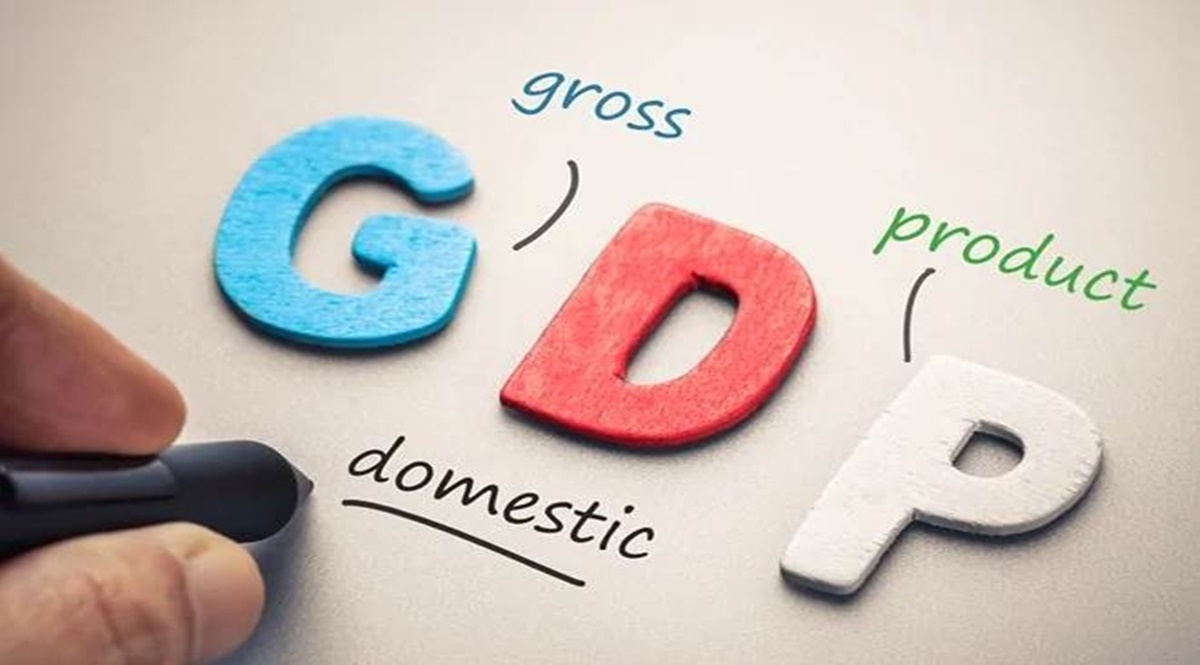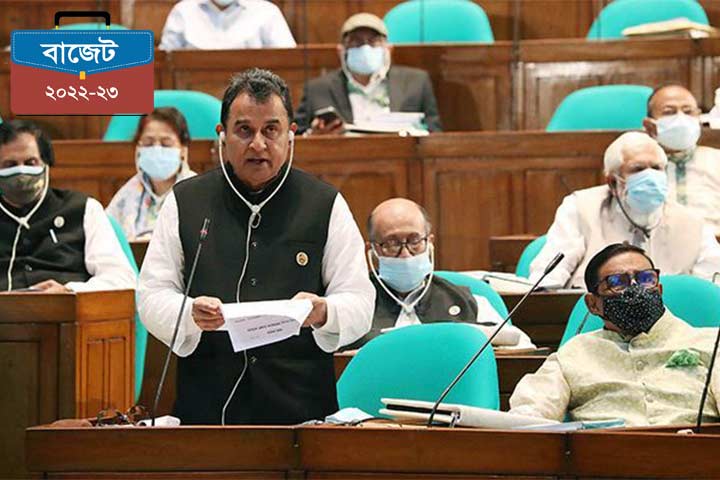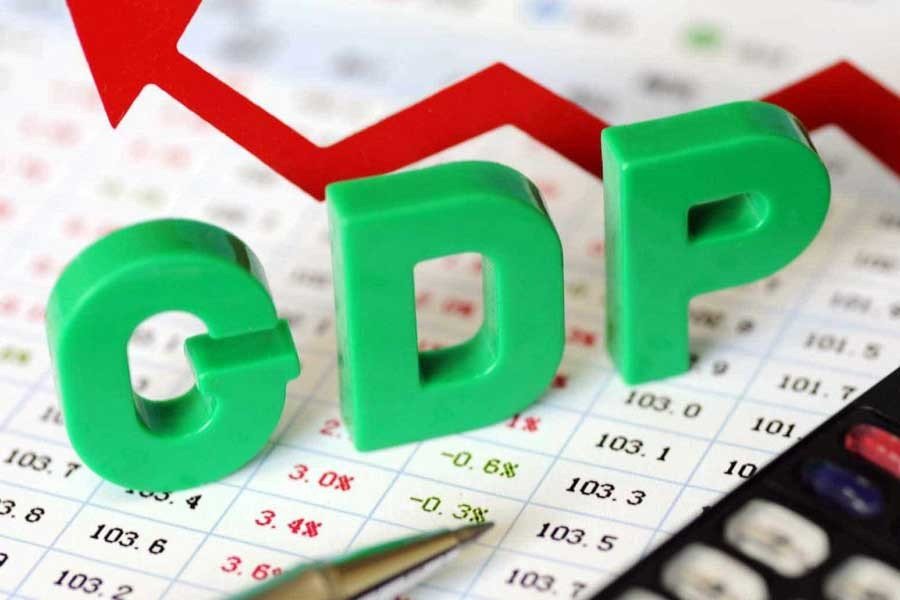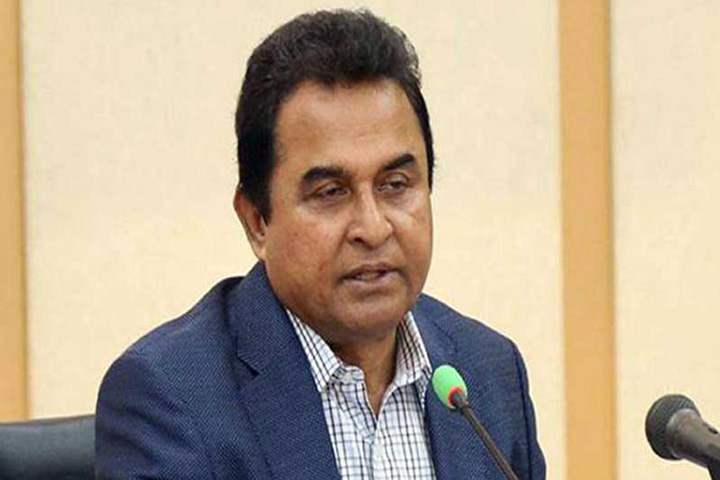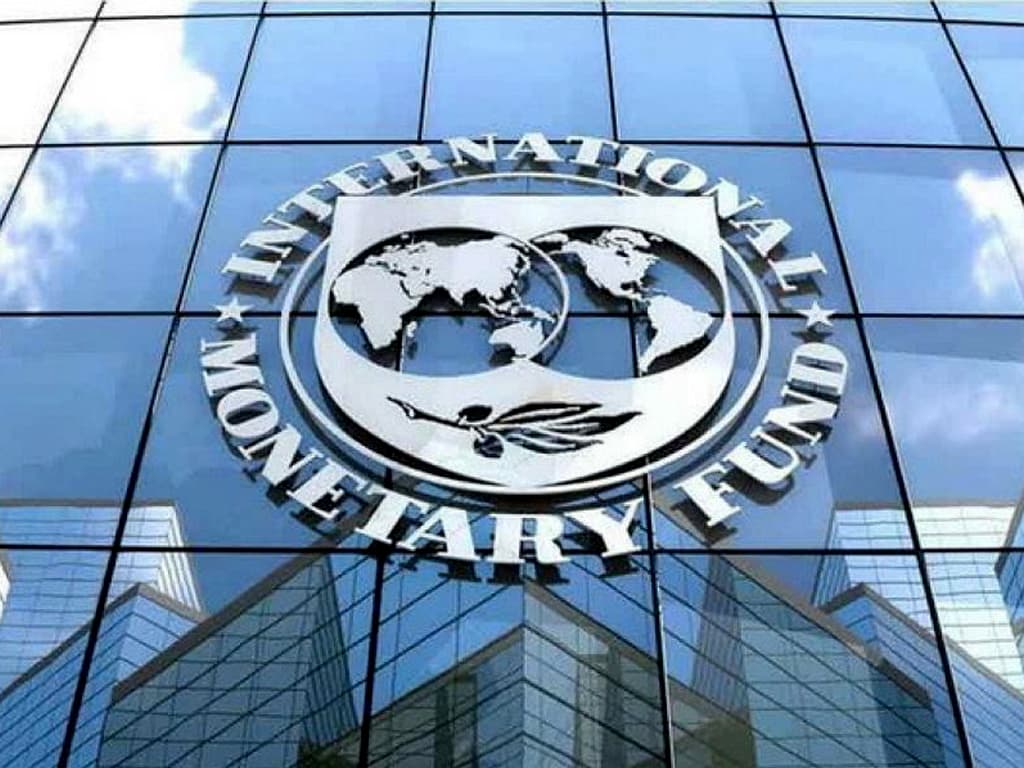Suspicions arise on accuracy of China's official GDP growth data: Report
One divergence centers around Beijing's investment data, which shows surging manufacturing and infrastructure spending outweighed the drag from property.
Longstanding suspicions about the accuracy of China’s official GDP growth data have spurred a market for alternative calculations, which kicked into action this week after Beijing announced economic expansion for 2023 was in line with its annual target of around 5 per cent.
There’s a consensus that the economy grew last year, propelled by a rebound in consumption after pandemic restrictions were lifted. That’s readily visible in data compiled outside China’s National Bureau of Statistics — such as the number of domestic flights, or the revenue growth of consumer-focused companies.
What’s also agreed between official and independent estimates is that a sharp drop in real estate construction, alongside strained local government finances and falling exports, posed downward pressure on the world’s second-largest economy.
One divergence centers around Beijing’s investment data, which shows surging manufacturing and infrastructure spending outweighed the drag from property.
Others disagree. Overall investment was broadly flat last year, meaning GDP data “significantly overstated” China’s growth in 2023, according to Logan Wright, a director at Rhodium Group. He said the real figure was likely around 1.5 per cent.
Doubts about China’s official investment statistics — which measure spending on things like housing, factories and infrastructure — have been fueled by frequent revisions in recent years, and the latest data implies an unusually large adjustment.
Fixed asset investment, or FAI, increased 3 per cent in nominal terms in 2023, the Statistics Bureau said. But it added that the total amount of investment, at 50.3 trillion yuan ($7.1 trillion), couldn’t be directly compared with the amount it reported for 2022 due to factors including “problematic data discovered during statistical law enforcement inspections.”
‘Staggering’ Adjustment
The FAI growth number for 2023 implies a downward revision of 7 trillion yuan, or 17 per cent of total investment from the amount initially announced for the previous year, according to economists at Pantheon Macroeconomics. They called the adjustment “staggering.”
The revision “shows just how problematic these data are,” said Carsten Holz, an economics professor specializing in Chinese statistics at the Hong Kong University of Science and Technology. Rhodium’s estimate is plausible, he added.
The central statistics bureau lacks authority to enforce accurate reporting on lower-level officials and finds itself in an “increasingly politicized administrative environment,” Holz said. This adds pressure on officials to use “changes to data compilation methods, or outright data fudging, to come up with the data deemed desirable,” he said.
Rhodium’s growth estimate for 2023 is at the low end of a broad scale. A sampling of independent estimates gathered by Bloomberg showed others with expansion figures ranging as high as 7.2 per cent. That lack of consensus is one reason the official number endures as a reference point for markets and discussions of China’s economy.
Rhodium takes a “bottom-up” approach, gauging the contributions of consumption, investment and net exports to headline growth based on lower-level data, such as real estate investment, credit card lending and government spending. Often, the information still comes from official sources and is more reliable than the headline growth figure, argues Wright.
Different Outcomes
But others taking a similar approach produce different growth estimates.
QuantCube Technology’s GDP China Nowcast indicator, which is based on a range of non-official data ranging from air pollution figures to shipping and text analysis of online reports, has “closely matched official releases” this year, the company said.
Doubts about China’s GDP data tend to spike when the economy slows, with skepticism peaking after Beijing reported 2022 growth at 3 per cent despite widespread lockdowns.
Coronavirus controls that year reduced GDP by 3.9 per cent, according to a forthcoming paper in the China Economic Review based on data from nighttime lights tracked from space.
A lower estimate for growth in 2022 can mean that the 2023 number ends up higher. One example is Fathom Consulting’s bottom-up estimate, based on official data series that econometric techniques suggest are less subject to manipulation. Their verdict: 7.2 per cent growth last year, following 0.9 per cent growth in 2022.
“These base effects are over now, and our estimate for 2024 is again back to more ‘normal’ rates,” of around 4 per cent, said Juan Orts, an economist at Fathom.
Some economists doubt the accuracy of bottom-up measures altogether. One reason: as China’s economy advances, the structure of activity shifts.
Around a decade ago, the “Li Keqiang index” was in vogue, named after China’s former premier, who was cited saying he relied on estimates of electricity use, rail freight volumes and bank loan growth as a proxy for GDP. But it’s fallen out of favor, because China’s economy now consists mainly of services, with heavy industry having a smaller role.
An alternative approach is to take China’s official, nominal GDP numbers — which aren’t adjusted for inflation — and then applying an independent price deflator to come up with a real growth estimate. The approach gained popularity before the pandemic, when China’s official deflator became widely seen as a tool for smoothing out the real GDP expansion rate.
However, agreement is lacking on the best deflator.
Pantheon Macroeconomics says real GDP rose about 4.9 per cent last year, using its deflator. But TS Lombard came up with 3.6 per cent using its own adjustment formula.
At Goldman Sachs Group Inc., economists have experimented with a measure of growth based on non-Chinese data, relying on figures on imports from China plus a correlation measure between exports and growth. The result for recent years was “fairly consistent with official GDP growth,” they concluded in an October report.
Other estimates based on commodity consumption and industrial output were “modestly lower” than official data. “Just how much has China’s economy slowed?” they asked. “This simple question is hard to answer.”
Source: Business Standard
20 Jan 2024,22:55













 Live Tv
Live Tv



